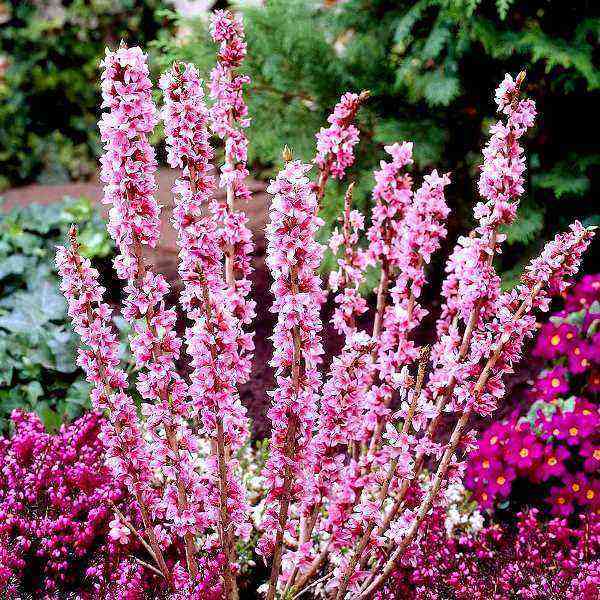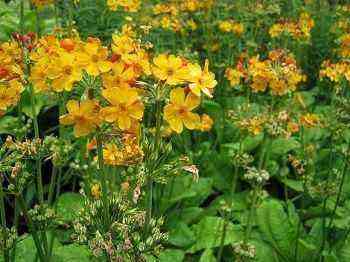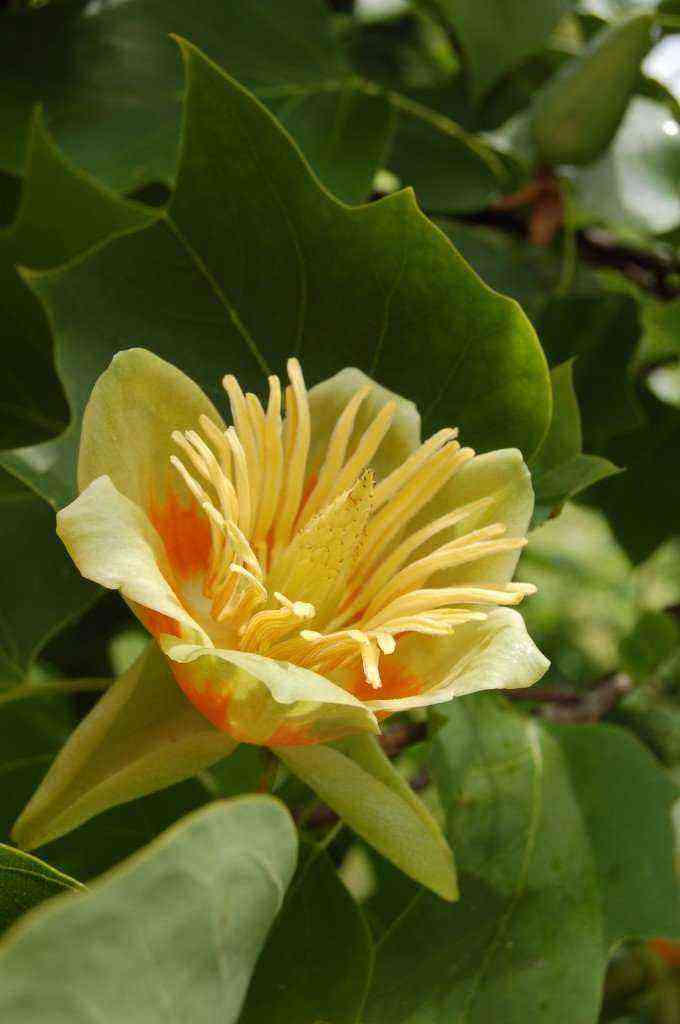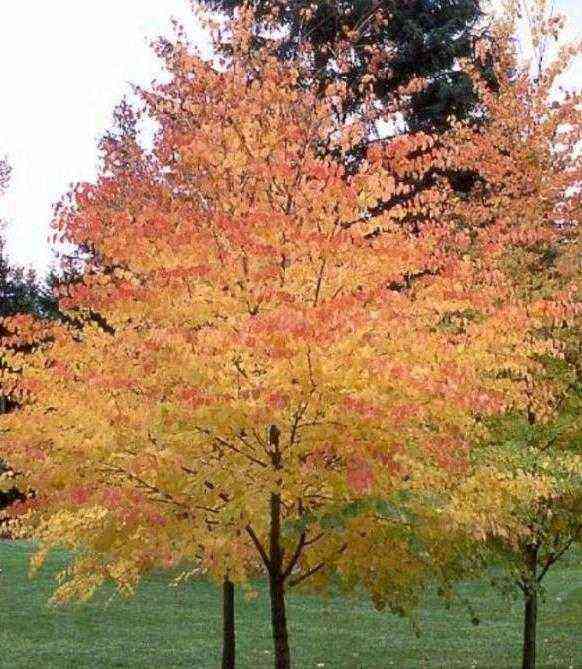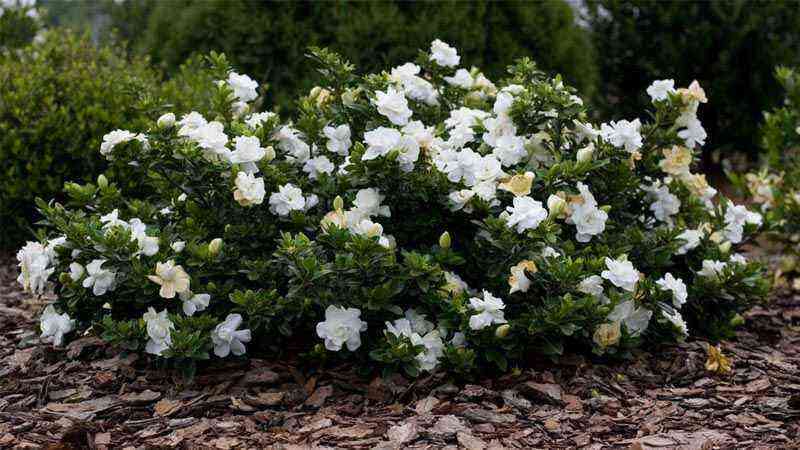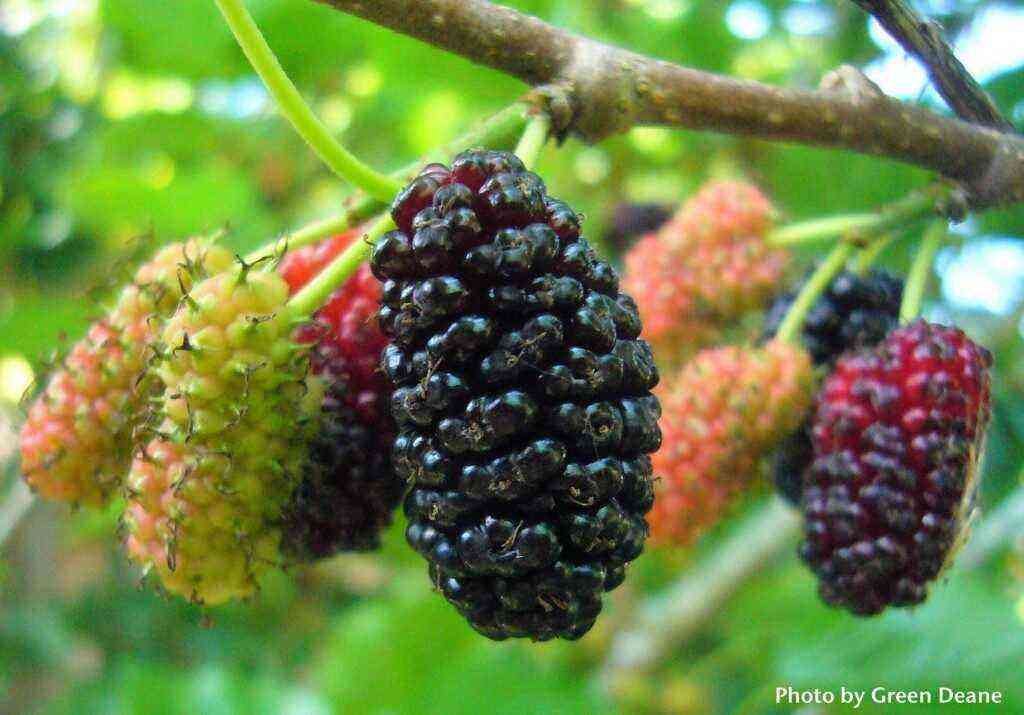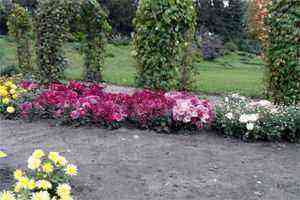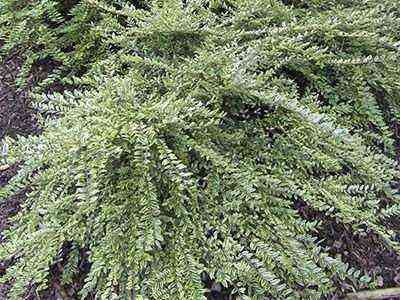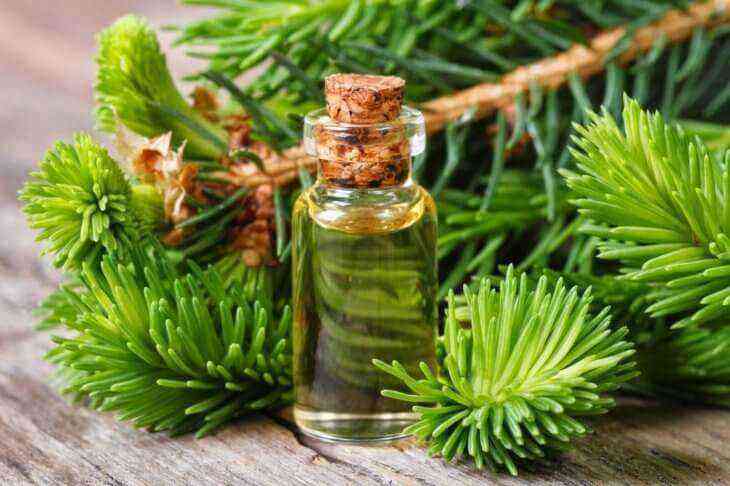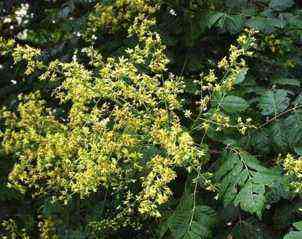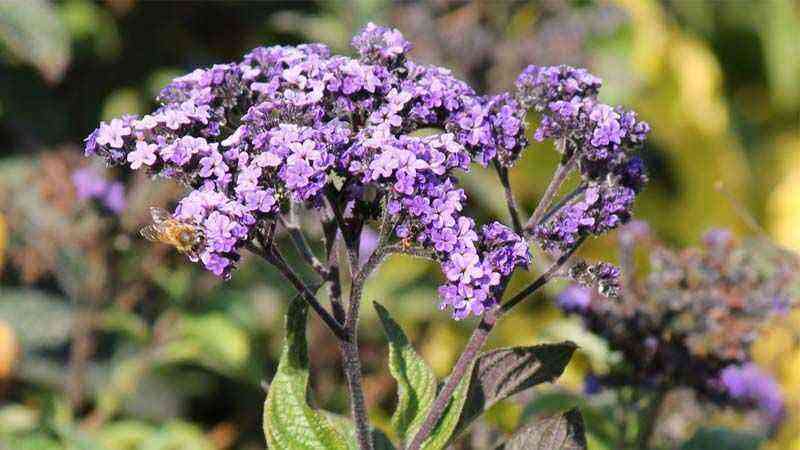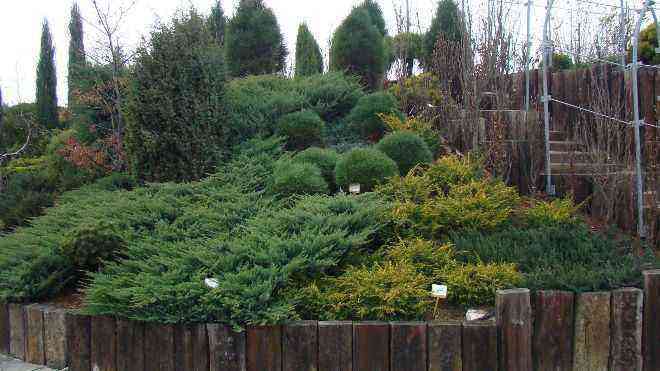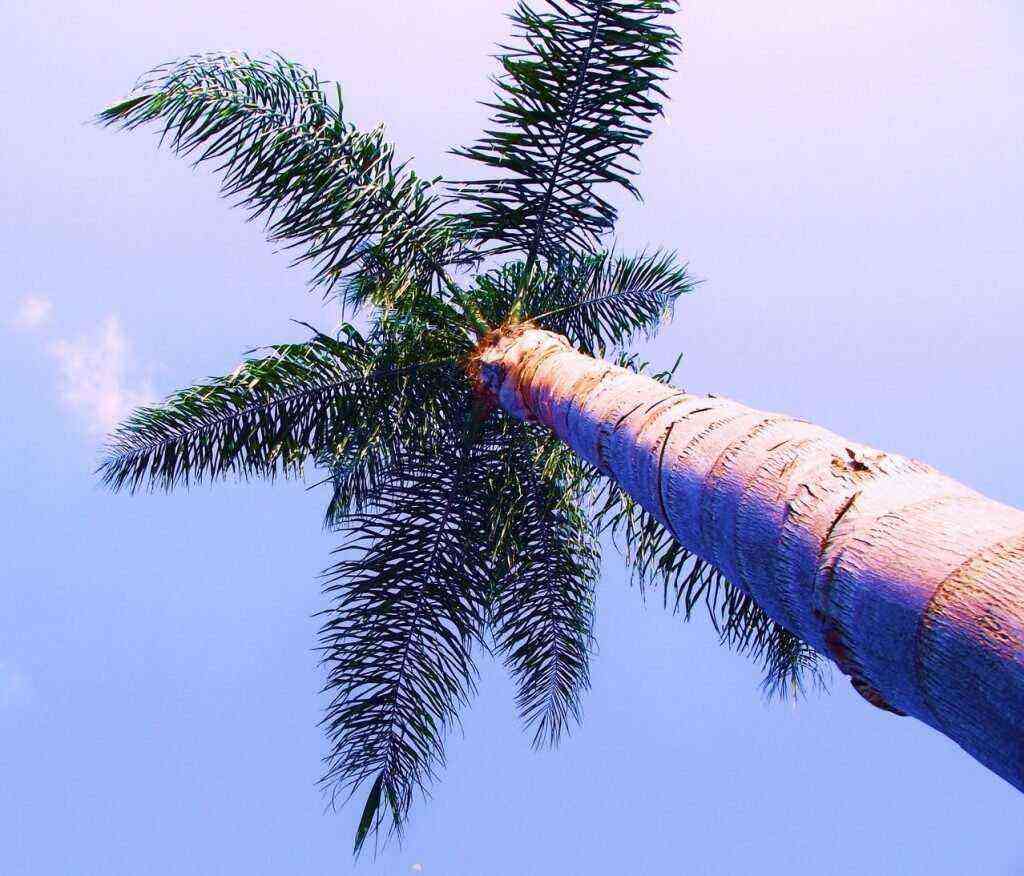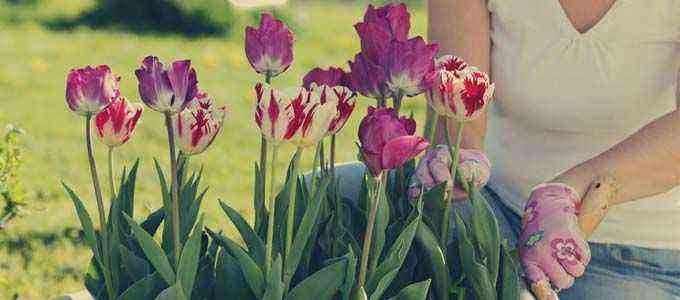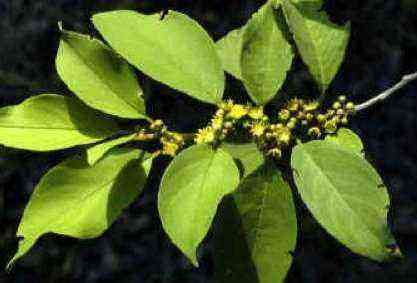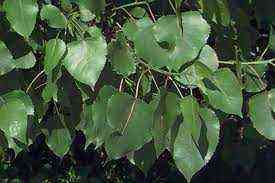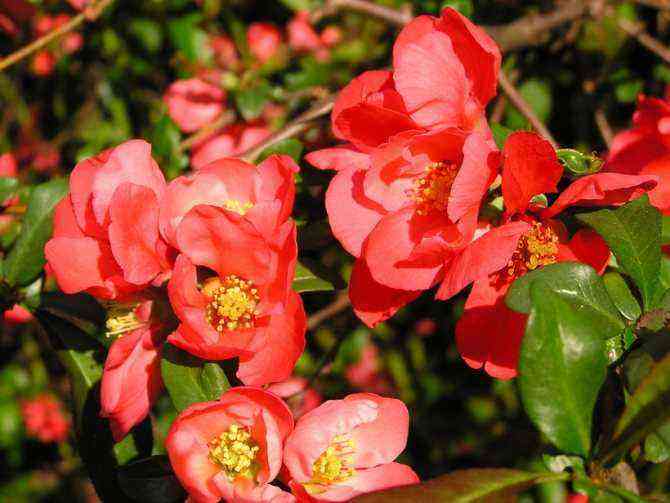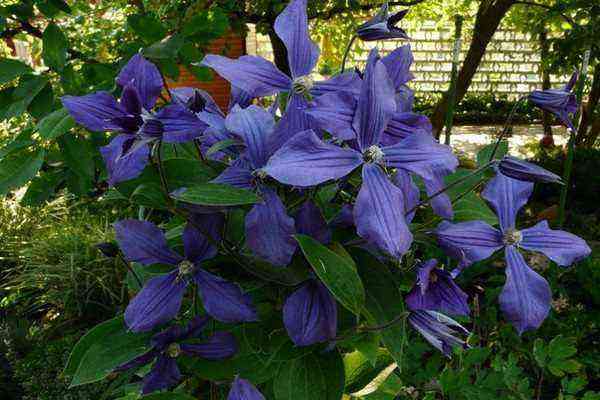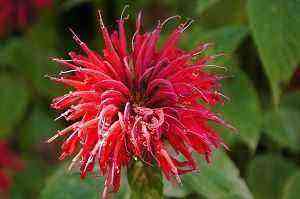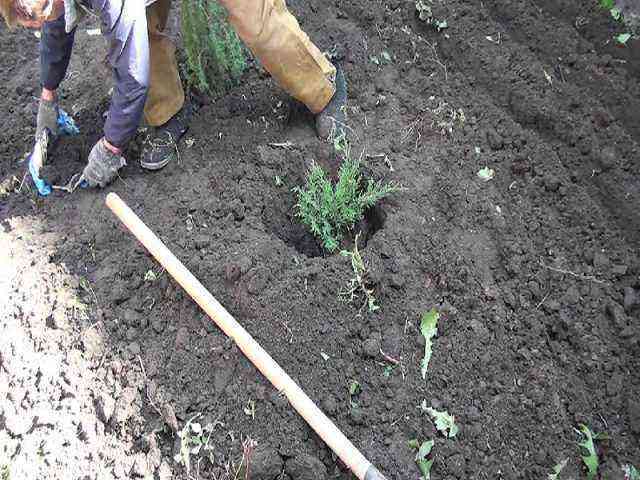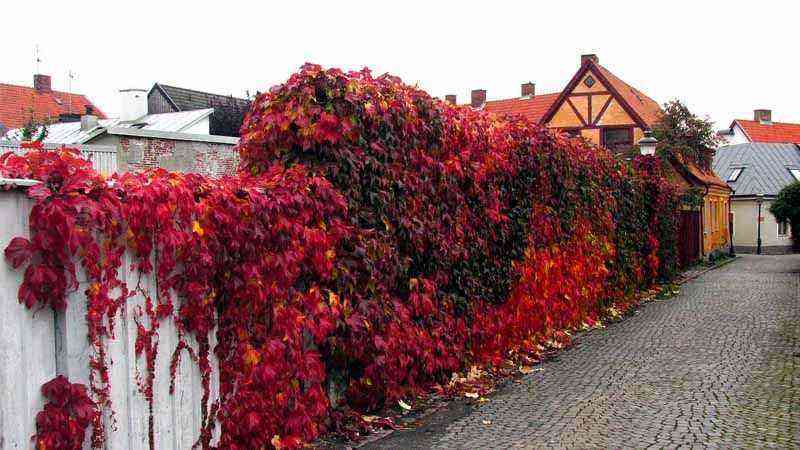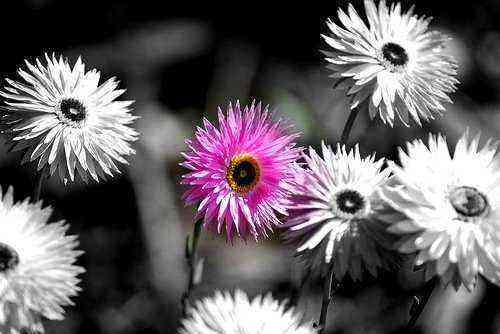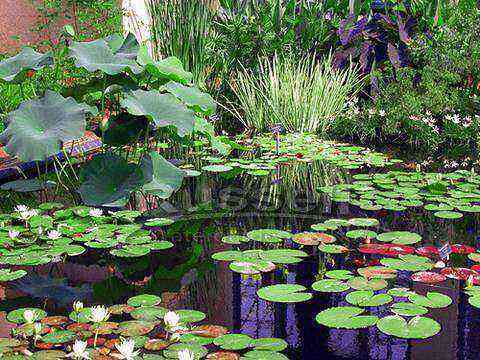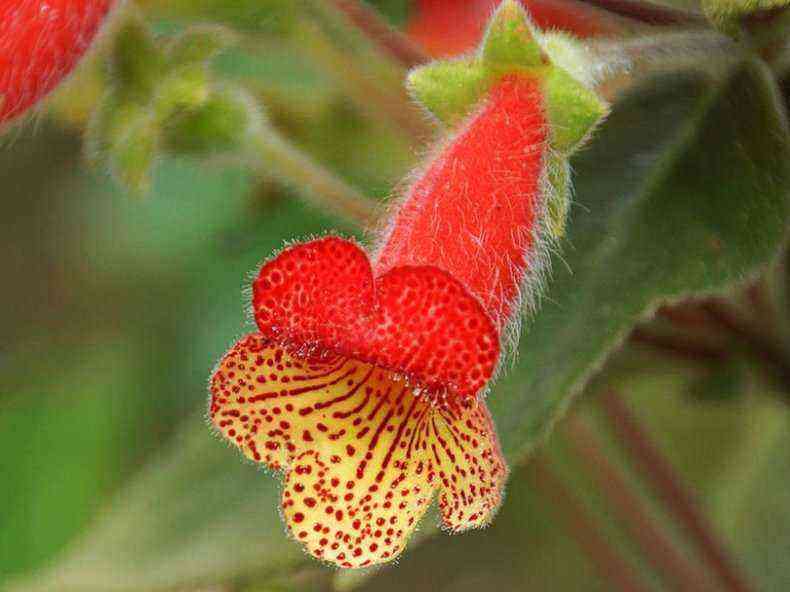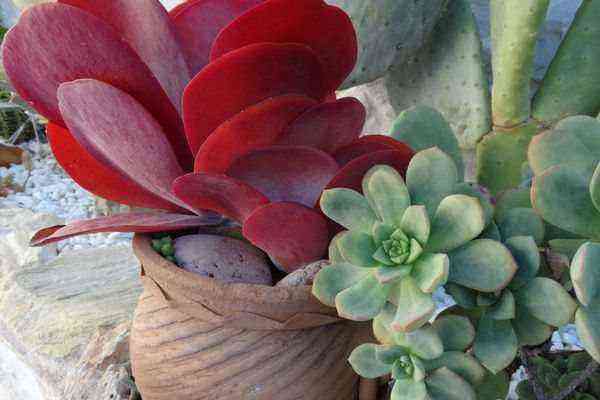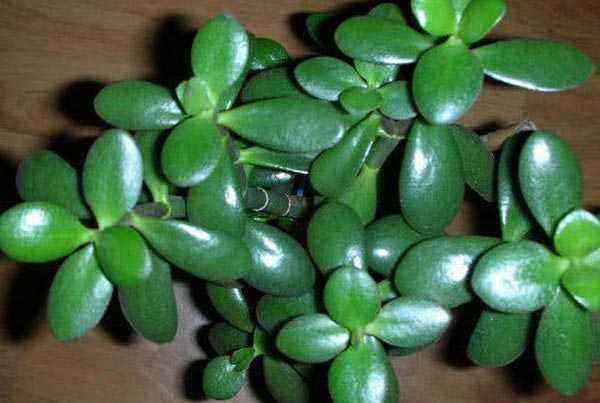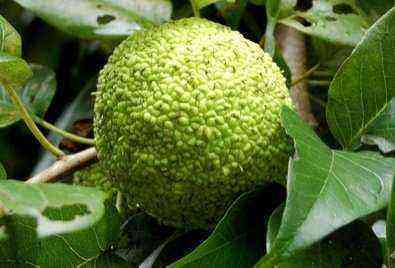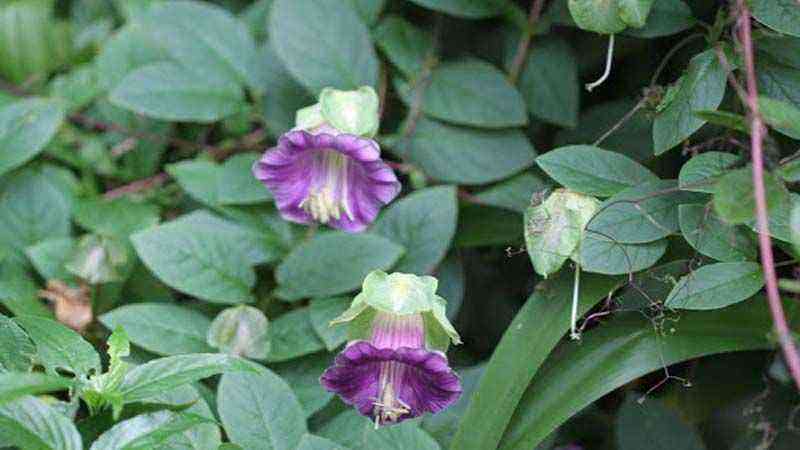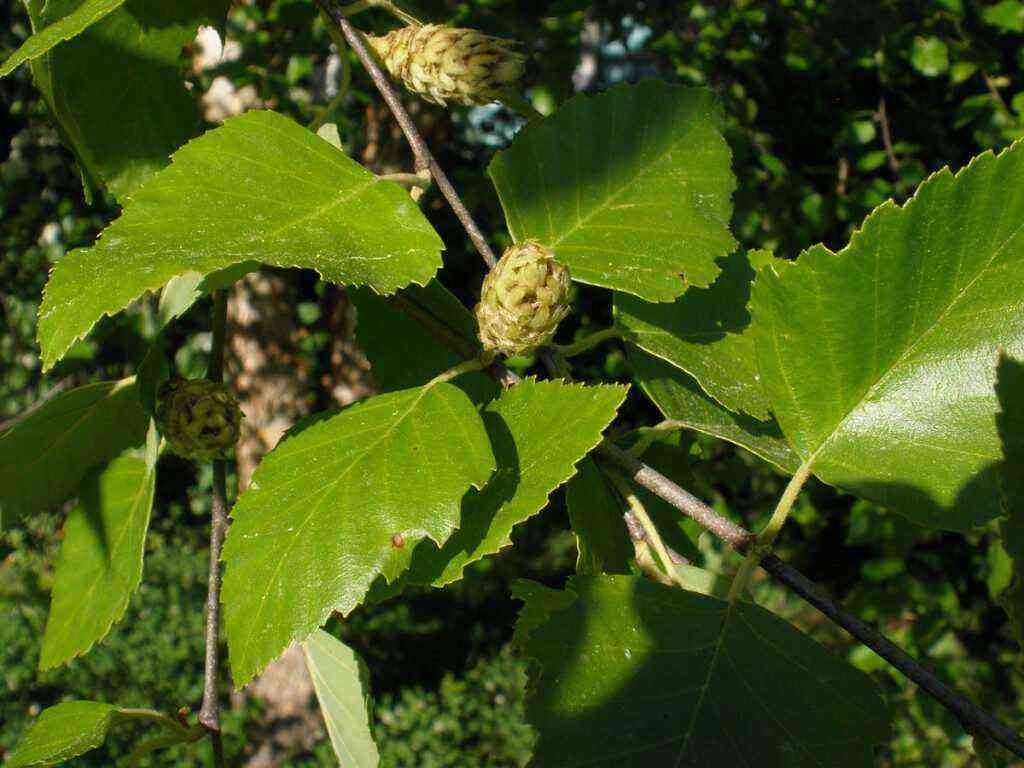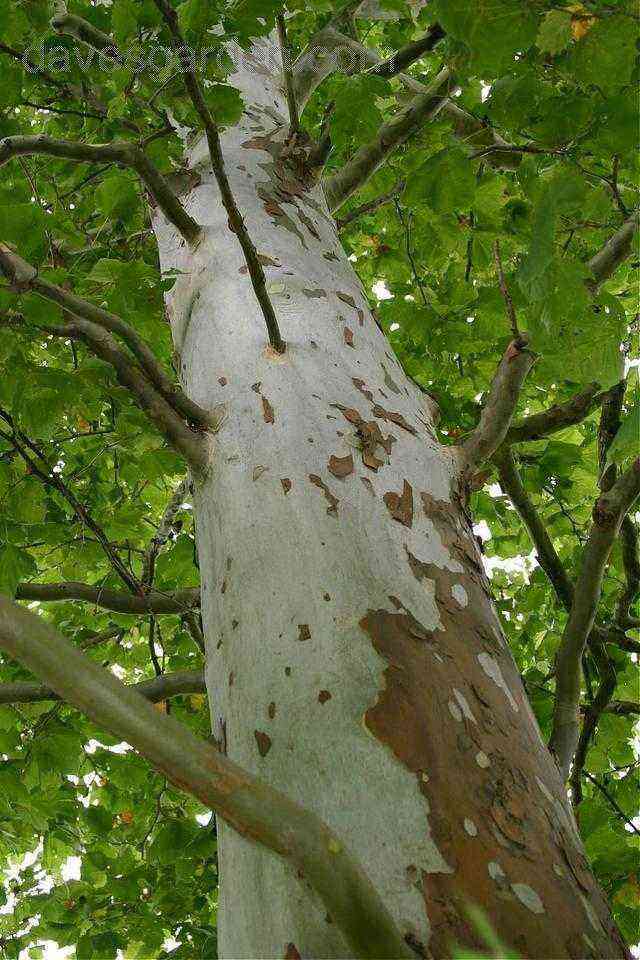The presence of evergreen coniferous trees in a house or apartment not only positively affects the air quality, but also creates a special warm and cozy atmosphere in the home. There are a large number of ornamental conifers that are small in size and suitable for home cultivation. Fir in a pot is an ideal plant that can decorate any room. Caring for such a fir at home is quite simple and can be done even by those who do not have rich experience in growing ornamental plants.

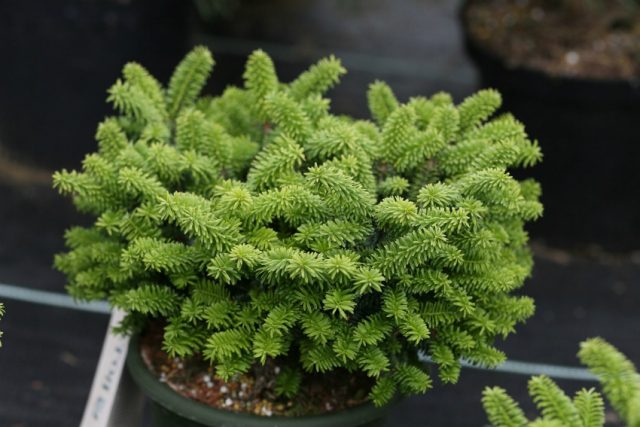
Is it possible to grow fir in an apartment
There are no particular difficulties in growing fir at home, since these trees take root well in almost any natural environment.
Do not be afraid that the fir in the house will be too hot. Having a southern or even subtropical origin (fir is native to the Caucasus and Central America), plants generally have good tolerance to a wide range of temperatures (from -30 ° C to + 35 ° C). They are able to do without water for quite a long time, and it is much easier for them to endure droughts than excessive waterlogging.
Fir varieties in a pot
Currently, there are several dozen varieties of decorative fir adapted for home cultivation. At the same time, there are also common varieties that change their usual life cycle at home, their growth slows down significantly. So for trees in open ground, the average growth rate is 30-50 cm per year, in indoor conditions they decrease to 4-6 cm per year.
A photo of various types of indoor fir is presented below:
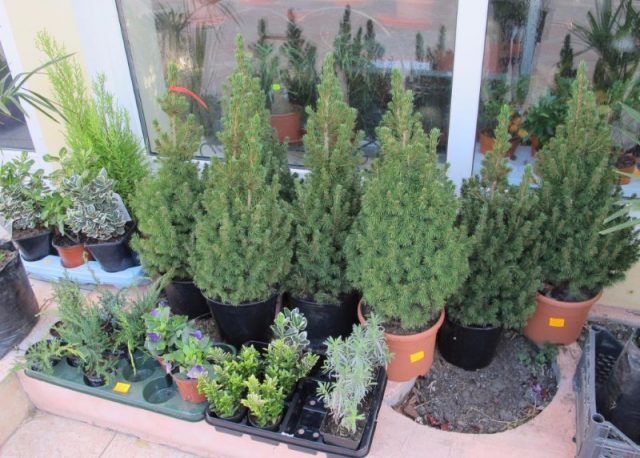
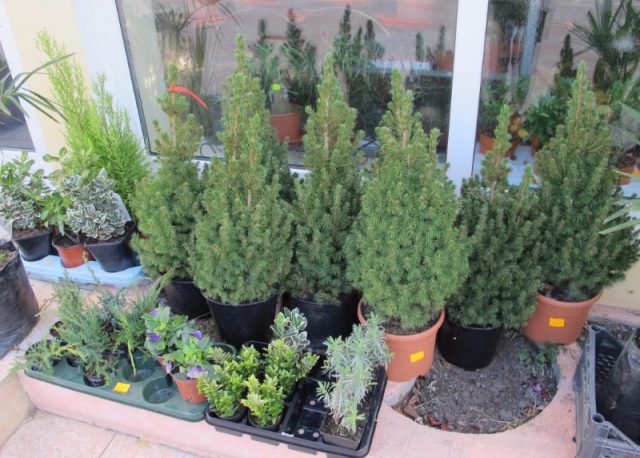
Currently, the most popular varieties for growing in an apartment are the following breeds:
Nordman fir
Its dwarf variety, Golden Spreader, reaches a height of no more than 10 m in 1 years. At the same time, its crown is very dense and dense. The diameter of the crown at this age is also about 1 m. The needles have a shiny golden-green color above and white-matte below.
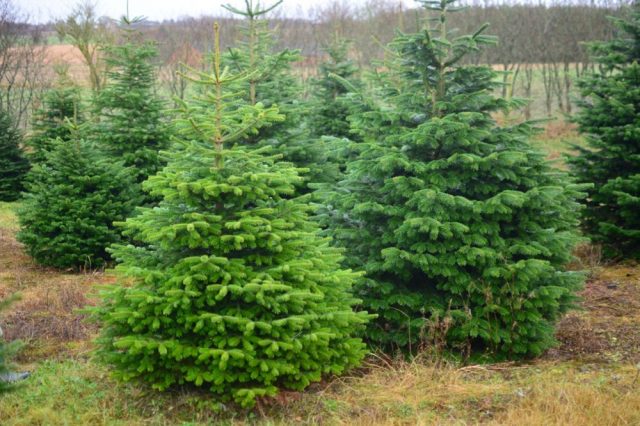
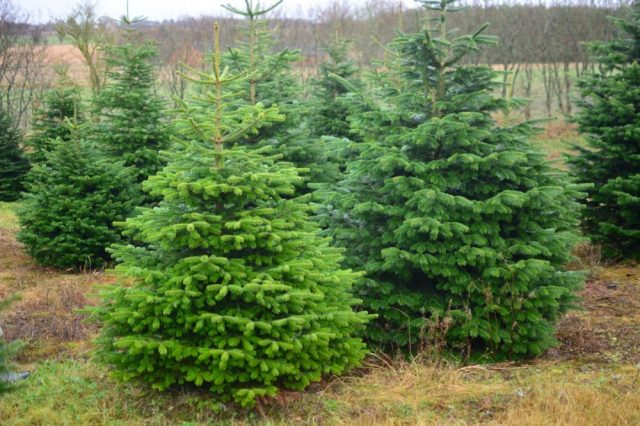
Fraser fir
It has a dense conical crown. Shoots extend upward from the trunk at a slight angle. Under natural conditions, the height of trees reaches 15-20 m, at home – about 10 times less.
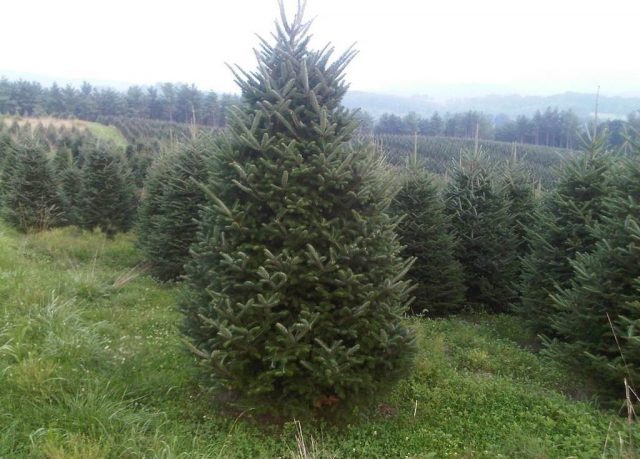

Upright fir
It is a species of Nordman fir with a longer trunk and more graceful crown. At home, it reaches 1.5-2 m. Growing such a fir in a pot is quite problematic, since you will have to literally fight its growth.
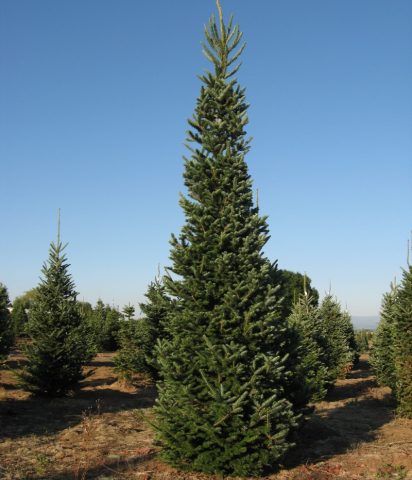
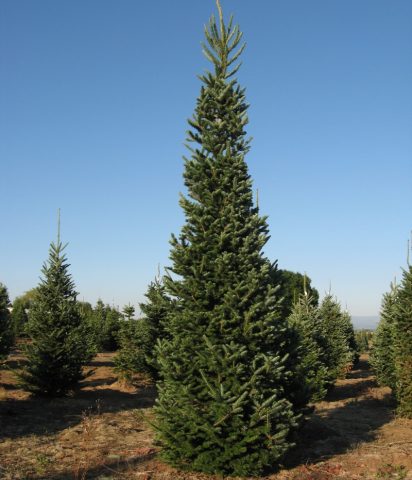
Golden fir
It is sometimes called Korean, although this is not entirely true. In general, the term “golden” can be understood as several breeds of this plant, both having a constant golden hue, and changing the color of the needles during the change of seasons. In an apartment, such a change in the color of the needles can rarely be seen, since the conditions for keeping the plant, as a rule, do not change.
The original golden fir has a permanent green-yellow or gold color. It belongs to dwarf breeds, the growth of which rarely exceeds 1 m.
Important! Korean fir may not change the color of the needles; its main feature is the characteristic erect cones with a bluish tinge.
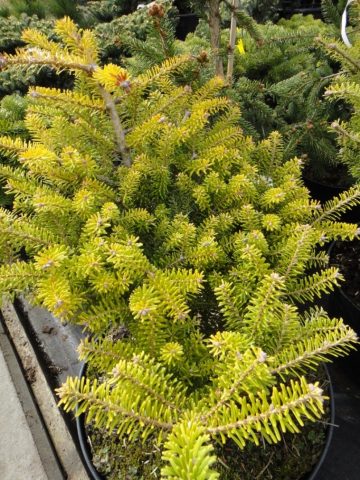
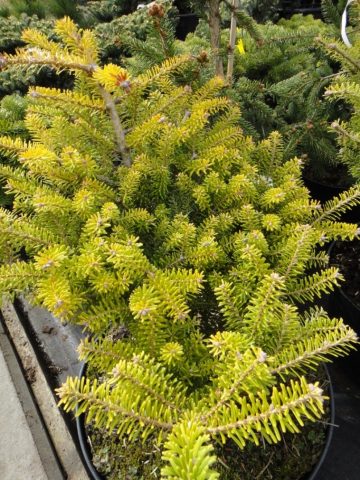
Gray fir
Another name for the plant is decorative one-color fir. Usually its growth does not exceed 1.25 m. The tree has an asymmetrical crown. The needles are thin, relatively long and dense. Often, due to external similarity, this plant is confused with an ornamental spruce.

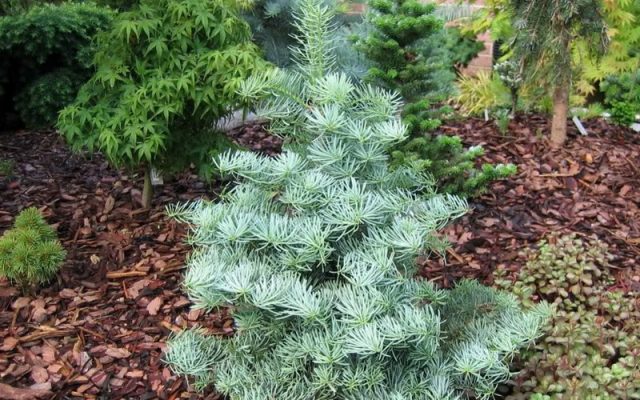
Botanical description
Fir is an evergreen perennial in the form of a tree or shrub. Its pyramidal crown can be translucent or dense, narrow or spreading. The height, depending on climatic conditions and species, is 0,5-80 m. The rhizome is mainly pivotal, but it is located shallow (up to 2 m from the soil surface). Young trunks and branches are covered with smooth gray-brown bark, which becomes covered with vertical deep cracks over the years. The branches grow ring-shaped, almost perpendicular to the trunk, or have an ascending character.
On young shoots needles and resinous buds are located. The needles are flat, not too stiff, narrowed at the base. They have solid edges and 2 white stripes at the bottom. Needles grow comb-like, in two planes. The needles are arranged singly and are colored dark green, sometimes bluish-silver. Their length is about 5-8 cm.
Fir is a monoecious plant. She dissolves male and female bumps. Male strobiles resemble catkins and grow in groups. Due to the large amount of pollen, they acquire a straw yellow or reddish color. Female cones, cylindrical or ovoid, grow on erect rods pointing upwards. The length of each is 3-11 cm. The covering scales are attached to the rod. Initially, their color is dominated by pinkish-purple shades. Over time, the lignified scales turn brown. Already in the fall of this year, small winged seeds ripen under them. In September-October, the cone crumbles completely, and the seeds fly away. Only the rods are preserved on the branches.
Optimal conditions for growing fir in an apartment
First of all, it should be remembered that the growth of fir at home in a pot is to some extent not entirely natural for this plant, therefore, for a long and long life, it will need certain conditions.
First of all, this concerns the composition of the soil for the plant. Unlike pines and spruces, which are able to grow on almost any soil (moreover, they prefer acidic soils), fir and thuja are calciphiles. That is, for them the norm is slightly alkaline, or, in extreme cases, neutral soil. And if the first years of a plant’s life can grow in soils in which peat predominates (rich in nutrients, however, a very “acidic” component), then in the future, its amount should be reduced.
The soil itself should be moderately moist, without stagnant water. Excessive moisture can very quickly lead to decay of the roots and death of the tree.
The room temperature, like the air humidity, in principle, can be anything. Excessive constant humidification of the air for the plant is undesirable. The optimum temperature for indoor cultivation is between + 20 ° C and + 25 ° C.
Attention! The plant does not like direct sunlight, but prefers partial shade. In addition, it is not recommended to install the tree pot in drafts.
The use of fir essential oil
The essential oil is found in the roots, branches, bark, fir needles, but most of all in the resin.
Due to its composition, fir oil has the following medicinal properties:
- antiseptic;
- antibacterial;
- anti-inflammatory;
- tonic;
- expectorant.
A mixture of fir oil with cedar, rosemary, lavender works well. Before starting treatment, you need to consult a specialist, because there are contraindications. To increase vitality, fir cell juice is used – this is the name of the extract, which is obtained from freshly harvested needles of a tree. Natural trace elements in the composition of juice and oil help with a number of diseases and problems:
- ARVI, ORZ, sinusitis, influenza, sore throat;
- Respiratory tract – bronchitis, tracheitis, pneumonia;
- Inflammatory processes – in the ear, throat, skin, wounds;
- Nervous system – fatigue, irritability, insomnia, stress;
- Musculoskeletal system – osteochondrosis, arthritis and arthrosis, rheumatism;
- Cardiovascular system – angina pectoris, unstable pressure, heart failure;
- Skin – psoriasis, fungus.
The benefits of fir oil in cosmetology are widely known, it increases skin elasticity, relieves inflammation.


Fir oil
How to use fir essential oil
- Inhalation. 1-2 drops into hot water, inhale for 3-5 minutes.
- Aroma lamps. For 20 m2, 4-5 drops are used.
- Lotions and compresses. For 30 ml of warm water, 15 drops of oil, a napkin soaked in a solution is applied to the sore spot.
- Baths. 5-9 drops are mixed with sea salt.
- Rubbing. For 1 tbsp. any oil 5-8 drops of fir oil.
- Rinses. For 1 cup of water, 1-2 drops of oil.
- Additive. Add 1-2 drops to any face or hand cream, this will improve the condition of the skin. 2-4 drops of oil added to the shampoo strengthen the hair, preventing hair loss.
- Ingestion. 1-2 drops per 1 tsp honey.
- Air freshener. A 0,5 L spray bottle requires 40-50 drops.
Join the discussion!
We would be interested to know your point of view, leave your opinion in the comments
